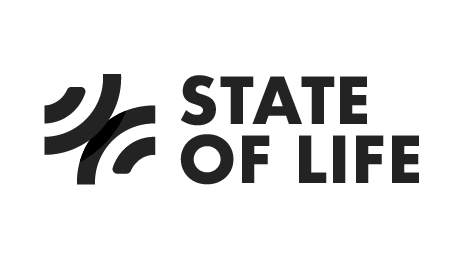What Wes Wants: evidence of effective community health
by Will Watt, Director of State of Life
Fit for purpose - from hospital to community
Earlier this month, the new NHS 10 Year Plan heralded three ‘strategic shifts’ - the top two were a move ‘from hospital to community’ and from ‘sickness to prevention’. As with any ‘strategy’, the main question is - this sounds great, but how are you going to do it? Well, here is part of the answer. And it’s some of the best work we’ve done to date. Real people, real needs and good quality evidence.
In our work in 2024 on the new model of social value for Sport England, we showed that working with people with disabilities and long-term health conditions creates 3 to 4 times more social value than working with the already active. The model is useful guidance based on estimates from analysis of open data. But to get the evidence, you have to dig deeper.
Targeting need brings big benefits
The team at Life Leisure in Stockport and Great Manchester Active provided us with a superb opportunity.
Michelle Childs and John Oxley at Life Leisure in Stockport were already measuring the impact of exercise referral schemes in their leisure centres. These are structured programmes where healthcare professionals, typically GPs, nurses, or physiotherapists, refer patients to a supervised physical activity programme to help manage or prevent certain health conditions in their local leisure centre. Quite literally a shift from hospital to community - this is what Wes and the new NHS strategy want to see.
The data they had collected enabled early estimates of both QALY and WELLBY impacts of the Physical Activity Referral in Stockport (PARiS) scheme. Michelle and the team commissioned us to produce a social value estimate for their Brinnington Park leisure centre as a pilot study. The results were impressive and aligned with findings from our work with Sport for Confidence, who offered physical activity to people with severe disabilities in Essex. Participants’ life satisfaction scores were going from around 5 out of 10 to 7 out of 10. A big improvement.
Go big or go home - a proper sample and control group
The GM Active team have the courage of their convictions. Building on Stockport’s success, they coordinated data collection across eight boroughs of Greater Manchester, standardising how the impact of exercise referral programmes was measured. All of the teams worked hard to get the data. And it paid off. The result was a survey dataset of over 3,000 respondents: 2,000 were current or previous participants in the programmes, and 1,000 were on the waiting list to start the programme, providing an essential control group and enabling a high standard of evidence.
What Wes Wants: believable health impacts in the community
Over half of our measurable wellbeing comes down to our mental and physical health. So anything that can boost both is going to be valuable.
The GM Active data shows us that these physical activity referral programmes can deliver social value of up to £21,800 per person per year, using HM Treasury-approved wellbeing valuation methods, which is up to 8 times higher than the value of being physically active for the average adult (~£2,500).
Using the NHS measure of economic value, the QALY, we find £5,600 of health value per person per year. According to NICE’s cost-effectiveness thresholds, which guide whether a health intervention represents good value for money, these programmes would represent excellent value if delivered at a cost under £1,200 per participant, per year - early estimates in the GM Active study suggest the costs could be less than a quarter of this figure at under £300.
Participants also reported 19% fewer GP appointments than those on the waiting list, indicating a potential decrease in demand for primary care among those engaged in the programme.
This is exactly what Wes wants and what Lord Gus O’Donell is advocating for. We need to focus investment where there are greater returns. Because it’s not just about system change or place-based investment. It’s about who you target.
Good health is also good business.
And it seems that good health is also good business with 80% of participants saying they plan to stay physically active over the next 6 months, and 66% intend to continue as ‘customers’ at their GM Active centre. This suggests many participants transition from being funded referrals to self-sustaining members, contributing directly to the financial viability of the service providers.
An Open Invitation to Review
We invite the challenge of the limitations in this study - it is not the perfect, multi-million pound, randomised, double-blind control group trial that the big GLP-1 drug companies can afford. But it is a strong, real-world case for physical activity as a powerful and lasting form of preventative health support. While not a replacement for medication, especially for those with specific clinical needs, physical activity offers broad benefits, often without the side effects associated with some medical treatments, such as GLP-1 drugs.
This is evidence of the value of the shift from hospital to community and from treatment to prevention.
Please read the full report here.

